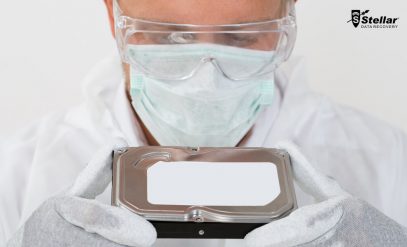If you are thinking what could be the next move in the digital storage world by researchers, then here’s another crazy one indeed and this time they have chosen the medium to be our DNA. The scientists at the EMBL-European Bioinformatics Institute (EMBL-EBI) have discovered a way to encode digital information into DNA molecules. This breakthrough is huge and what seemed to be a dream a few years ago.
Using DNA for digital storage was tough because of the increased possibility of errors when encoding using artificial means. Given the complexity of string pattern of a DNA and the repeatability of DNA letters, it was difficult to encode information efficiently. The scientists have already designed a method to read data stored in Deoxyribonucleic acid. Now, they have uncovered a way that could write data using DNA without errors. The EMBL-EBI researchers revealed that using DNA as a digital storage medium would make it possible to pack more than 100 million hours of HD video in a small cup of DNA.
DNA would offer some great benefits over other storage mediums because of its small size and high density. Further, it eliminates the need to use power for storage and you can keep the stored information intact for tens of thousands of years. The researchers took the assistance of bio-analytics instrument maker Agilent Technologies in order for synthesizing data into DNA. This wasn’t easy as only short strings of DNA could be used to generate the code due to the presence of repeated DNA letters. The only way to do so was using overlapped fragments and some kind of indexing information to keep track of the order of these fragments.
The researchers came out with a code that seemed error-tolerant and can be easily decoded without any issues. Those thousands of pieces of DNA appeared as a tiny piece of dust. You may expect this technology to hit the market, if it becomes feasible to develop commercially viable DNA storage models.






